Sustainable Design
By: Rick Hess, DI
Our resources are precious and as more information becomes available regarding the need to preserve these resources, sustainable design continues to be an important consideration within the interior design and architectural industries. Homes and buildings are being designed in a smarter and more creative way with the ultimate goal of creating the smallest possible impact on our environment. Design Institute of San Diego reviewed some recent sustainable design projects to showcase some of the incredible technology that is being utilized today.
Sustainable Design Projects
Taller Estilo Arquitectura
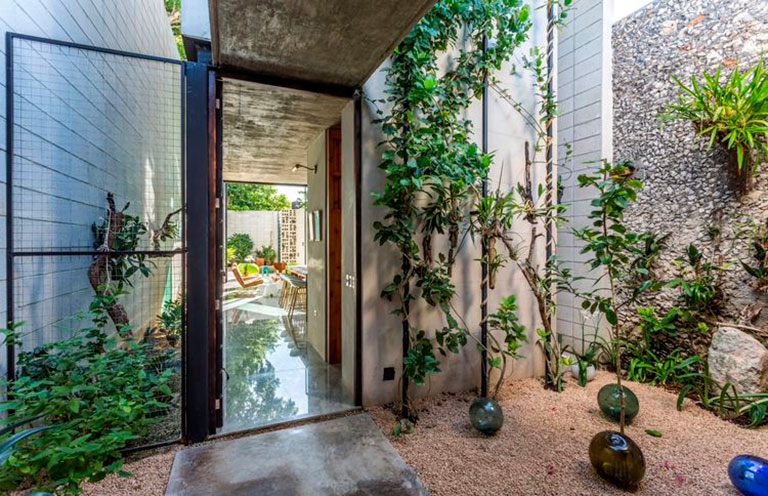
Mexican Retreat designed by Taller Estilo Arquitectura
Taller Estilo Arquitectura designed this sustainable home in Mexico with an open concept in mind. The design of the home allows for natural ventilation and passive cooling. A courtyard filled with greenery absorbs sunlight, also contributing to the passive cooling system. Another great aspect of this residence are the materials used throughout. “Central to the design vision was the use of raw, readily available materials,” including the reclaimed dining table.
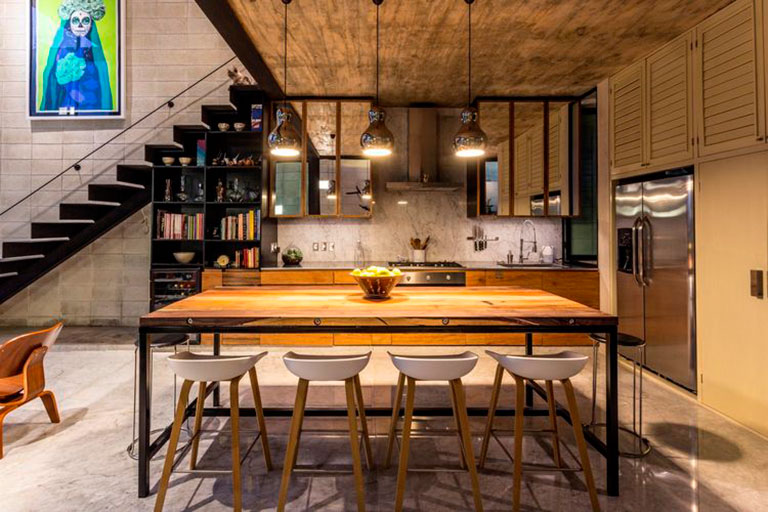
Mexican Retreat designed by Taller Estilo Arquitectura
QUO Shipping Container Mall
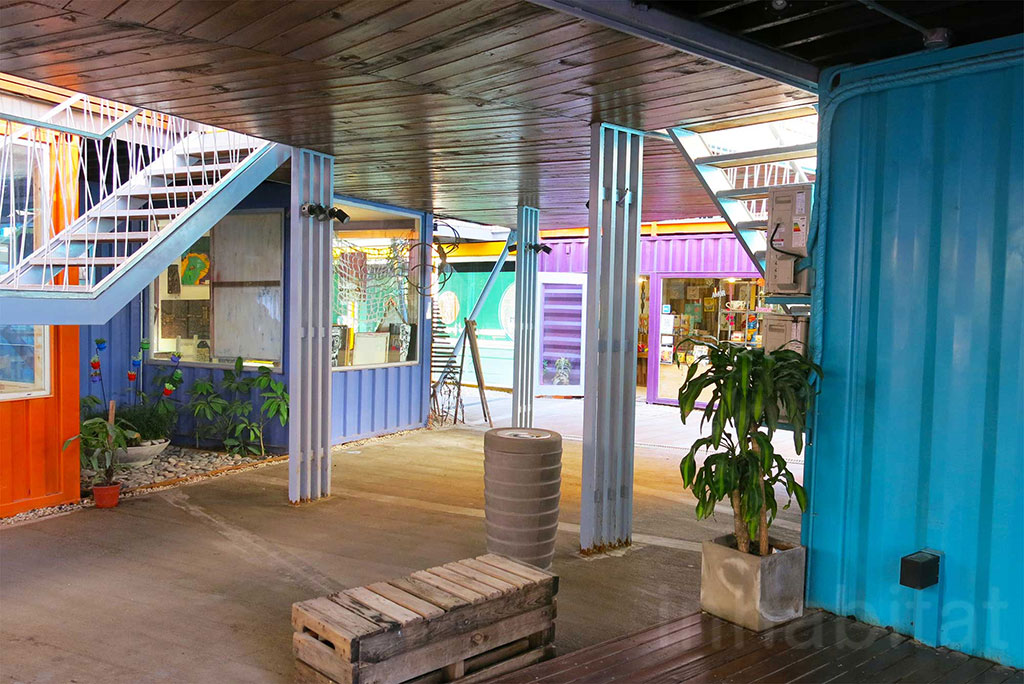
QUO Shipping Container Mall designed by BZZ Arquitectura, follow on Instagram
Located in Buenos Aires, this shipping container mall supports its local businesses. Created from 57 repurposed shipping containers, the mall includes a green roof, eco-friendly shops, restaurants and a gallery. Natural light floods the interiors and the entire facility is accessible. Recycled bottle caps adorn the bathroom floors and repurposed planters are used throughout the site.
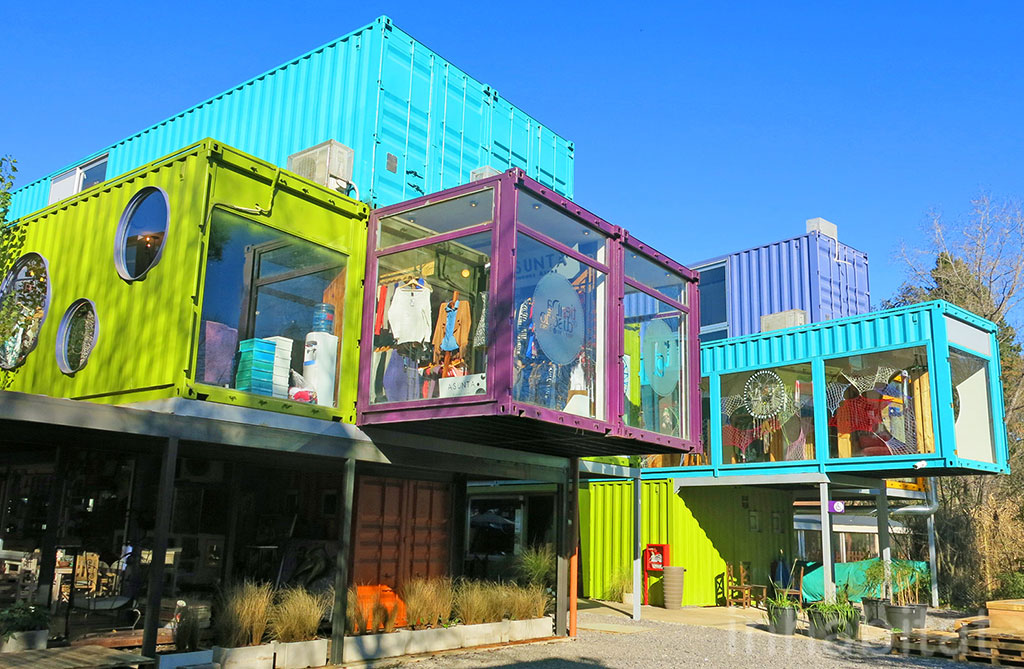
QUO Shipping Container Mall designed by BZZ Arquitectura, follow on Instagram
Green Solution House
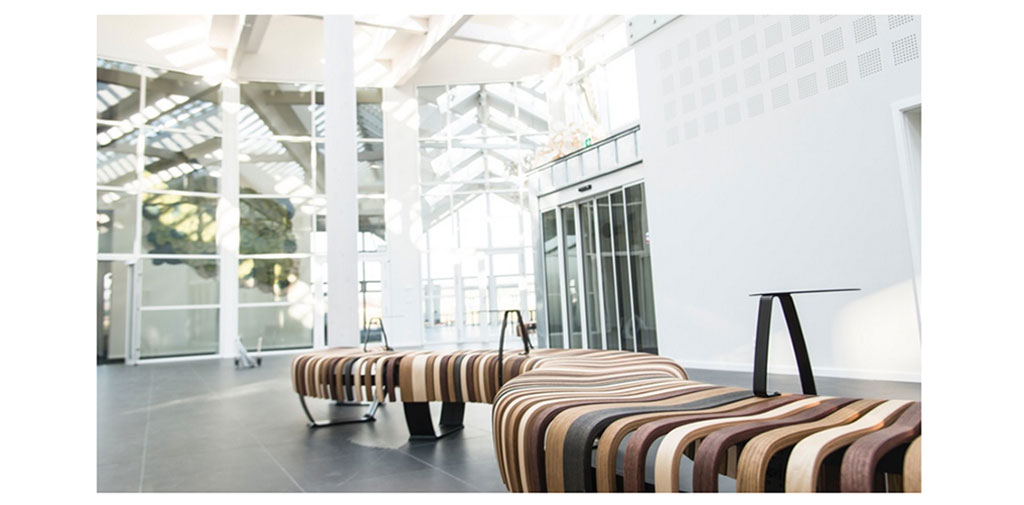
Green Solution House designed by GXN
The GXN division of Danish architectural firm 3XN created a hotel and conference center that aims to “eliminate the concept of waste” by using products and materials that can be recycled and reused as they age. There are over 75 sustainable features in the structure, including technology that allows the building to “thrive on its own eco-system.” Natural light throughout the interior reduces the energy requirements.
Most impressively, “the building cleans its own air: on the ceilings, Active Plasterboard — with a life expectancy of 75 years — removes and converts formaldehyde into safe, inert compounds, while on the floors, dust-absorbing carpet tiles draw four times as much particles from the air as conventional carpets.” The facility even has its own app to monitor energy usage, humidity, daylight and air quality!
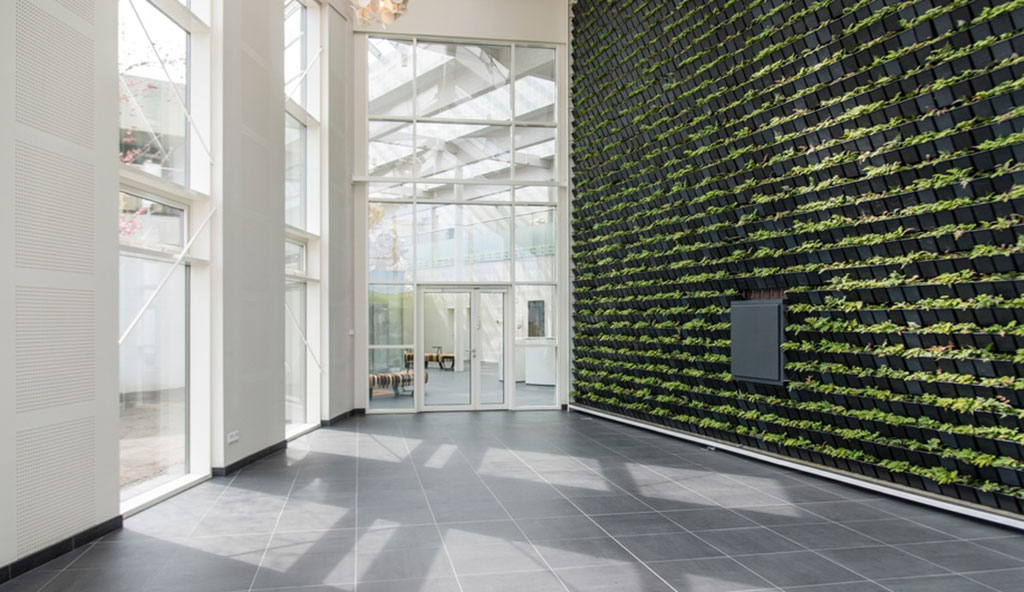
Green Solution House designed by GXN
Ansty Plum house
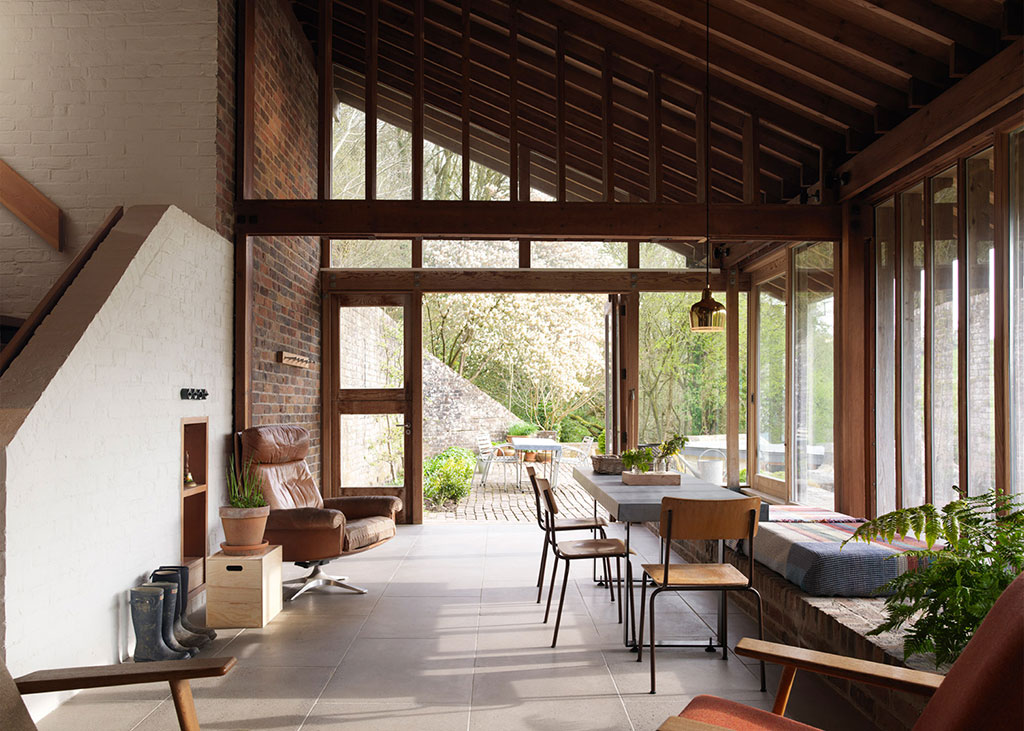
Ansty Plum house designed by Coppin Dockray Architecture and Design
The renovation of the Ansty Plum house, originally built in the 1960s, reduced its carbon emissions by 80%. Thermal efficiency is achieved through, insulation, double-glazed windows, and underfloor heating, while also maximizing natural daylighting. The home is constructed out of natural stone and brick along with warm wood, and the slope of the roof mimics the natural surroundings. The design won ‘Best Renovation’ in the 2015 Telegraph Homebuilding & Renovating Awards, with energy efficiency and the reduction of heat loss cited as notable features.
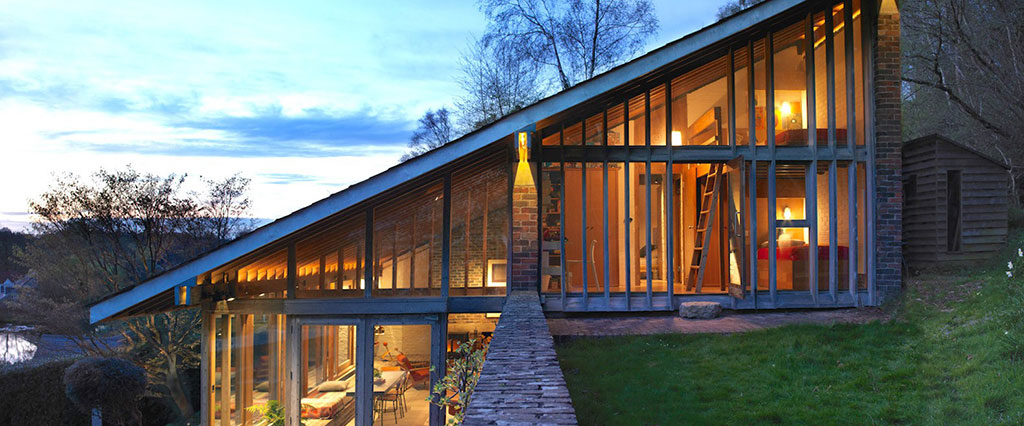
Ansty Plum house designed by Coppin Dockray Architecture and Design
This is just a sample of the many design projects around the world that are contributing to the sustainable design effort moving forward. These projects, and others, can and most likely will be used as case studies for the future. Reducing carbon emissions by 80% or more is an amazing accomplishment. Upcycling materials, in-house recycling centers, and rainwater harvesting are trends that will continue into the years to come. Interior designers and architects can now create spaces that can even clean their own air! We are excited to see how technology is advancing and shaping the wave of sustainable design into the future.
Sources
https://www.coppindockray.co.uk/projects
http://inhabitat.com/award-winning-renovation-slashes-mid-century-homes-carbon-footprint-by-80/
http://www.azuremagazine.com/article/a-danish-hotels-sustainable-eco-system/
http://inhabitat.com/bright-and-bold-quo-shipping-container-mall-springs-up-in-buenos-aires/
http://www.tallerestiloarquitectura.com/index.html